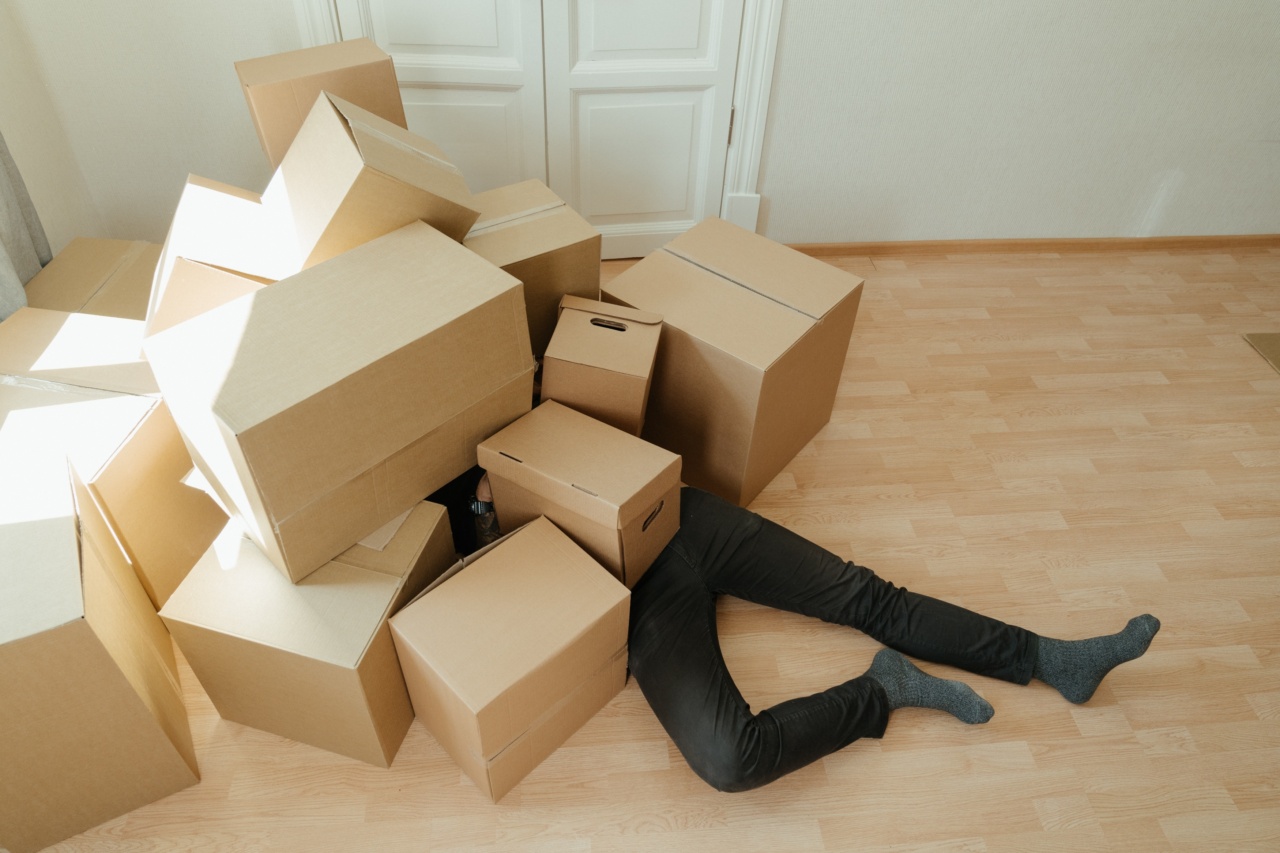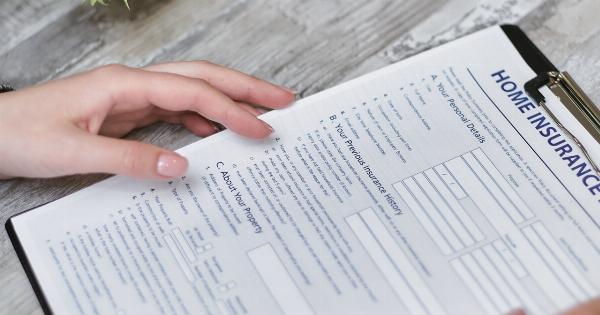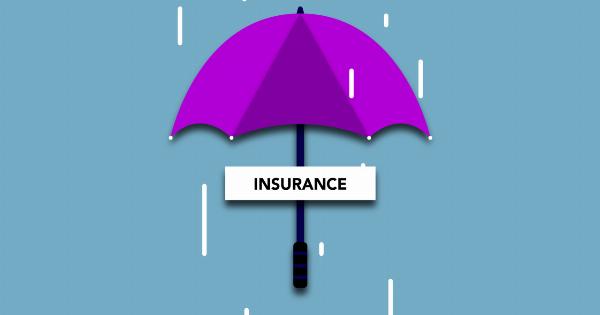One of the most important aspects of being a homeowner is ensuring that you and your property are protected against accidents and liability.
This includes having comprehensive insurance coverage to safeguard your home and belongings in case of unexpected events. In this article, we will explore the various types of coverage available to homeowners and how they can protect you from potential financial risks.
1. Homeowners Insurance
Homeowners insurance is a fundamental component of comprehensive coverage for home accidents and liability.
This type of insurance provides financial protection in the event of property damage or loss caused by specific perils such as fire, theft, vandalism, or natural disasters like hurricanes or earthquakes.
Homeowners insurance typically covers the structure of your home, your personal belongings, and provides liability coverage for injuries or property damage that occur on your property.
It is important to carefully review your policy to understand the specific coverage limits and any additional endorsements or riders you may need.
2. Personal Liability Coverage
In addition to protecting your property, comprehensive coverage should also include personal liability coverage.
This coverage helps protect you from legal and financial responsibilities if someone is injured on your property or if you accidentally cause damage to someone else’s property.
Personal liability coverage typically provides financial protection for legal defense costs, medical expenses, and damages awarded to the injured party.
It is crucial to ensure that your liability coverage is adequate to protect your assets in case of a lawsuit or settlement.
3. Umbrella Insurance
While homeowners insurance and personal liability coverage offer essential protection, they may have coverage limits that may not be sufficient in certain situations. This is where umbrella insurance comes into play.
Umbrella insurance provides additional liability coverage, extending your protection beyond the limits of your homeowners policy.
This type of insurance is especially beneficial if you own high-value assets or if you want an extra layer of financial protection.
Umbrella insurance can help safeguard your assets and future earnings in case of a catastrophic event or a lawsuit with a significant settlement.
4. Medical Payments Coverage
Another component of comprehensive coverage is medical payments coverage. This coverage helps pay for medical expenses if someone is injured on your property, regardless of whether you are found legally liable for the accident.
Medical payments coverage can help cover expenses such as ambulance fees, hospital bills, surgeries, and other medical treatments. It provides a quick and efficient way to address medical bills without going through a lengthy liability claim process.
5. Additional Living Expenses Coverage
In case your home becomes uninhabitable due to a covered peril, comprehensive coverage should also include additional living expenses (ALE) coverage.
This coverage ensures that you and your family have a place to stay and covers additional costs incurred while your home is being repaired or rebuilt.
ALE coverage typically includes expenses such as hotel bills, temporary rentals, meals, and storage costs. It provides valuable financial assistance during a difficult time and helps maintain your standard of living while your home is being restored.
6. Other Structures Coverage
Comprehensive coverage should also consider other structures on your property, such as sheds, garages, or fences. Other structures coverage helps protect these additional structures from various perils, similar to the coverage provided for your home.
Make sure to review your policy and verify the coverage limits for other structures. In some cases, you may need to increase your coverage to adequately protect these assets.
7. Personal Property Coverage
Your personal belongings are an essential part of your home, and comprehensive coverage should include personal property coverage. This coverage helps protect your possessions from damage or theft, both within and outside your home.
Personal property coverage typically includes items such as furniture, appliances, clothing, electronics, and personal belongings.
It is essential to review your policy’s coverage limits and consider adding endorsements or riders if you own valuable or high-cost items, such as jewelry, artwork, or collectibles.
8. Specific Endorsements or Riders
Depending on your circumstances or location, it may be necessary to add specific endorsements or riders to your homeowners policy. These additional coverages can provide protection against specific risks that may not be covered by a standard policy.
Common endorsements or riders include coverage for flood damage, sewer or water backup, earthquakes, or sinkholes.
It is crucial to assess the potential risks in your area and discuss available options with your insurance provider to ensure comprehensive coverage.
9. Reviewing and Updating Coverage
Comprehensive coverage for home accidents and liability should not be a one-time decision. It is important to review and update your policy regularly to meet your changing needs and to account for any new risks.
Life events such as renovations, the acquisition of valuable assets, or changes in family composition may require adjustments to your coverage.
Regularly consulting with your insurance provider will help ensure that your policy adequately protects you and your property.
10. The Importance of a Trusted Insurance Provider
When seeking comprehensive coverage for home accidents and liability, it is of utmost importance to work with a trusted insurance provider.
Look for an insurance company with a proven track record of excellent customer service, financial stability, and a reputation for fair and prompt claims handling.
Compare quotes and policies from different insurance providers to ensure you are getting the best coverage at a competitive price.
Reading reviews and seeking recommendations from friends, family, or trusted professionals can also help you make an informed decision.























